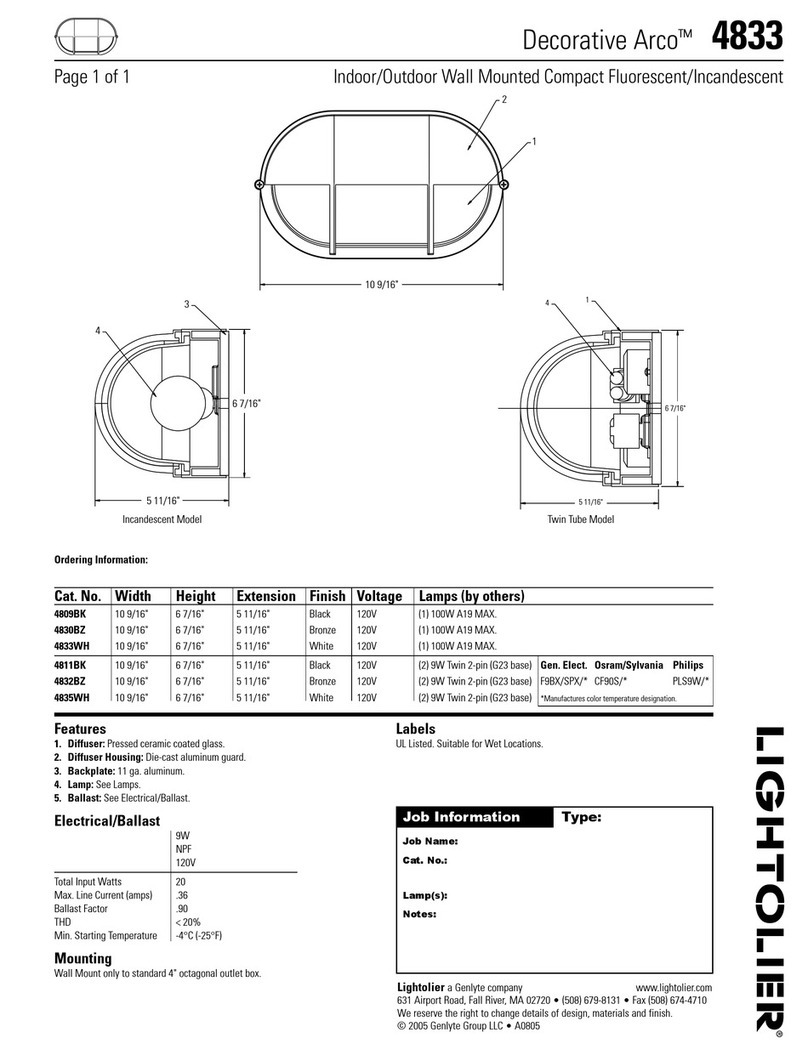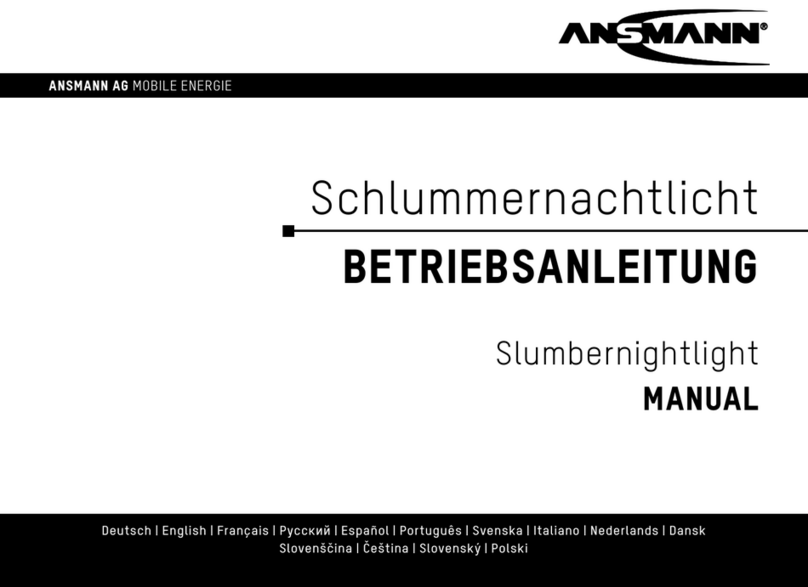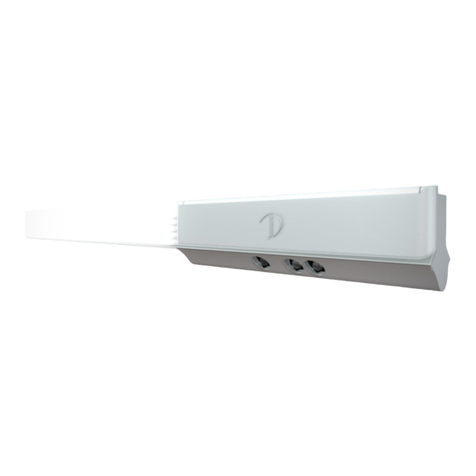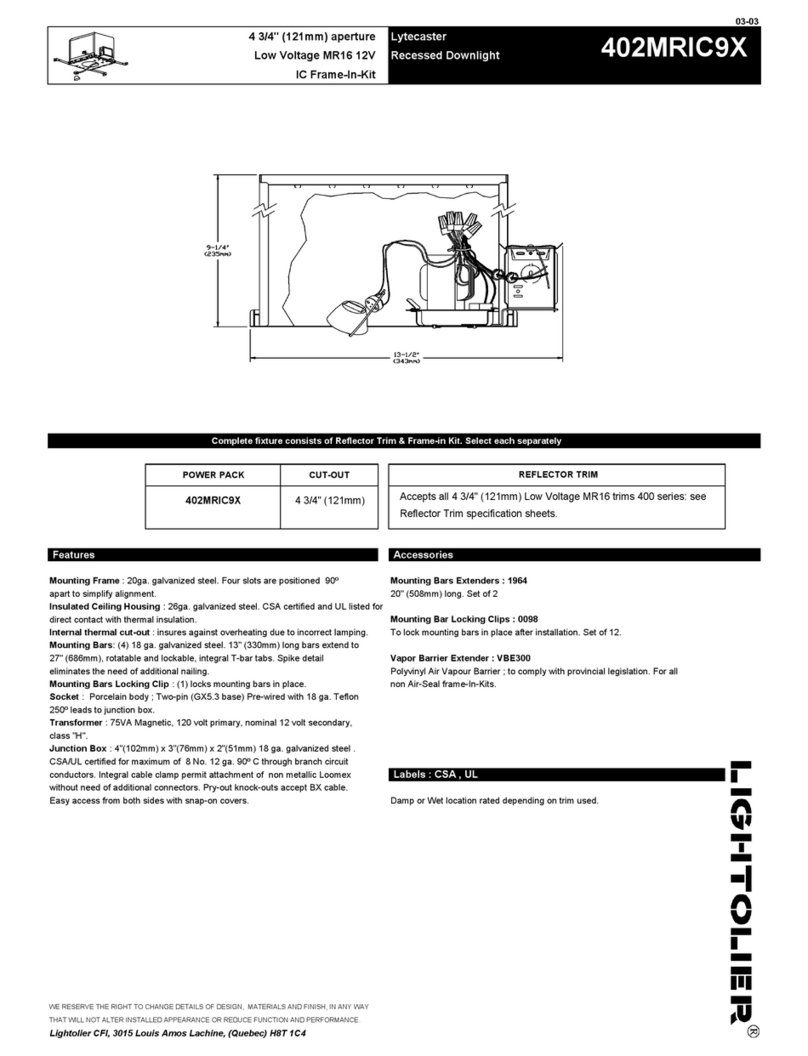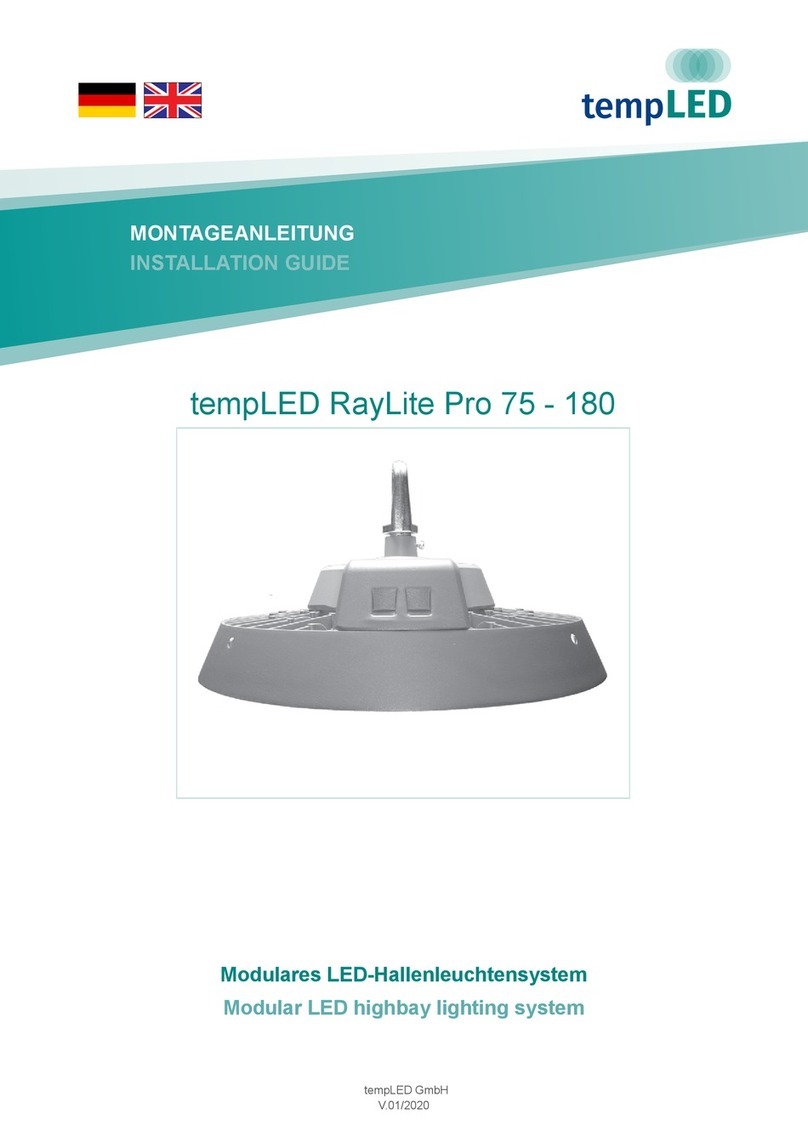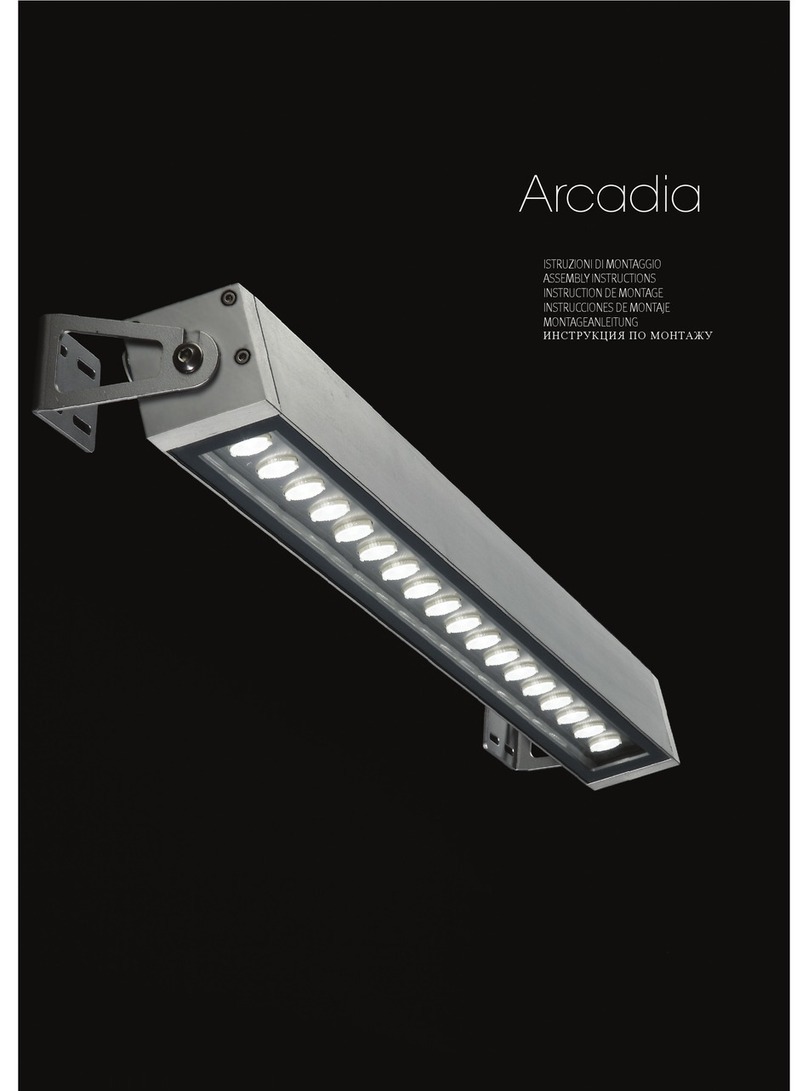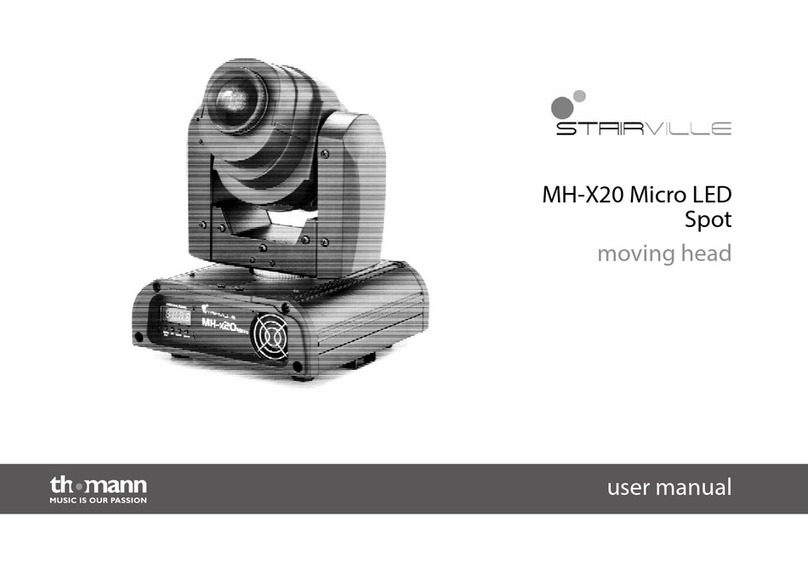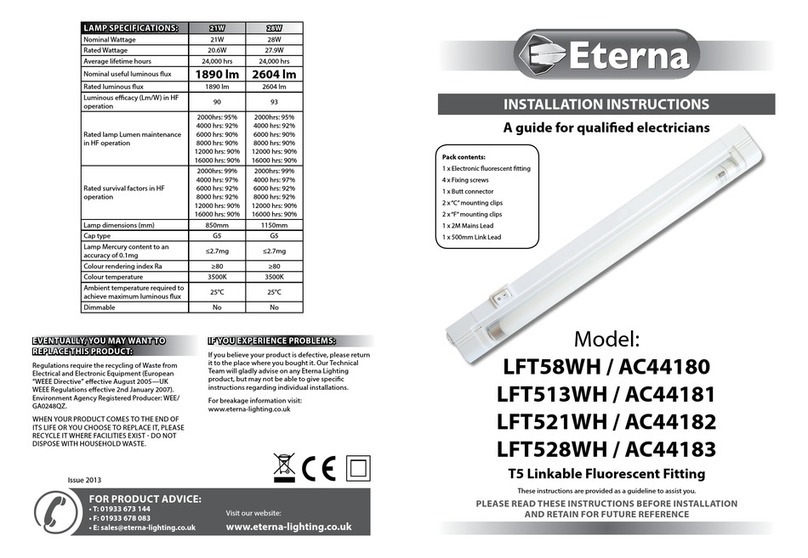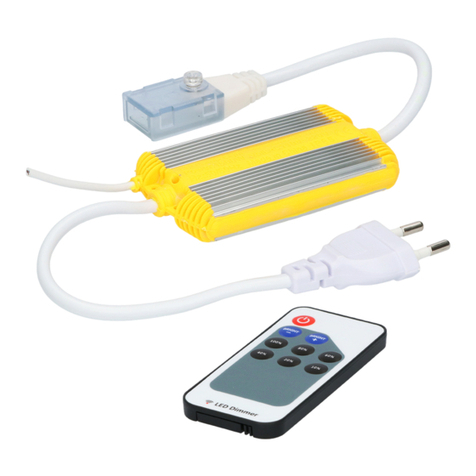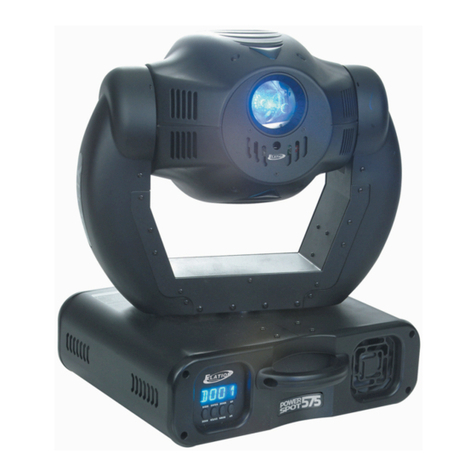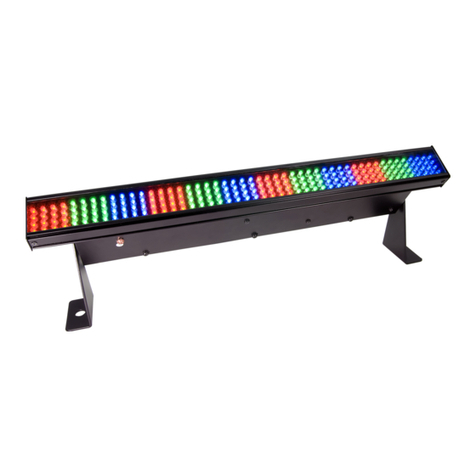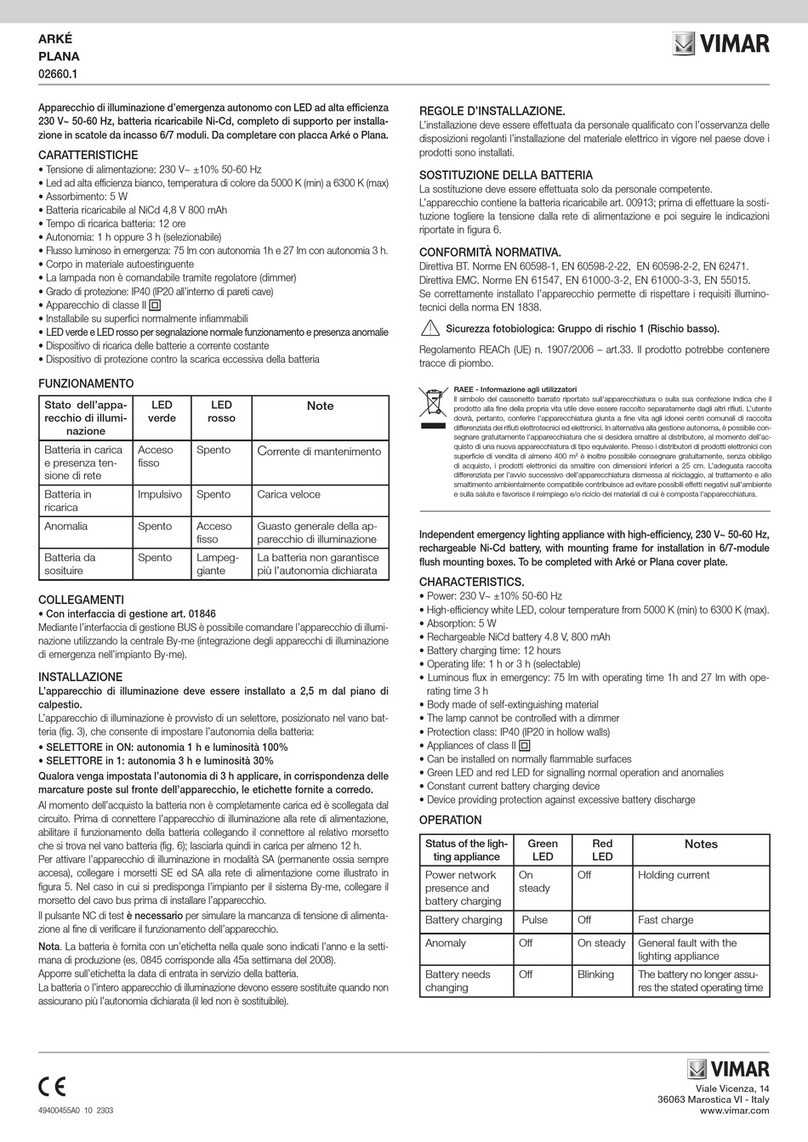Thames & Kosmos Essential STEM Tools Plasma Ball User manual

1
INSTRUCTION MANUAL
No. Description Qty.
1 Plasma ball 1
2 USB-C cable 1
Checklist:
If you are missing any
parts, please contact
Thames & Kosmos
technical support.
Good to know!
678 001- 0 2-26 0922
SAFETY INFORMATION
BATTERY INFORMATION
NOTES ON DISPOSAL OF ELETRIAL AND
ELETRONI OMPONENTS
The electronc components of ths product are
recyclable For the sake of the envronment, do not
throw them nto the household trash at the end of ther
lfespan They must be delvered to a collecton locaton
for electronc waste, as ndcated by the
followng symbol
Please contact your local authortes for
the approprate dsposal locaton
SAFETY FOR EXPERIMENTS WITH BATTERIES
› The wres are not to be nserted nto socket-outlets Never
perform experments usng household current The hgh voltage
can be extremely dangerous or fatal
› To operate the models, you wll need four AAA batteres (15-volt,
type LR03), whch could not be ncluded n the kt due to ther
lmted shelf lfe
› The supply termnals are not to be short-crcuted A short crcut
can cause the wres to overheat and the batteres to explode
› Dfferent types of batteres or new and used batteres are not to
be mxed
› Do not mx old and new batteres
› Do not mx alkalne, standard (carbon-znc), or rechargeable
(nckel-cadmum) batteres
› Batteres are to be nserted wth the correct polarty (+ and -)
Press them gently nto the battery compartment See above
The mage shows how the batteres are nserted, removed, and
changed
› Always close battery compartments wth the ld
› Non-rechargeable batteres are not to be recharged They could
explode
› Rechargeable batteres are to be removed from the devce before
beng charged
› Exhausted batteres are to be removed from the devce
› Dspose of used batteres n accordance wth envronmental
provsons, not n the household trash
› Avod deformng the batteres
› The devce s not to be connected to more than the recommended
number of power supples
› As all of the experments use batteres, have an adult check
the experments or models before use to make sure they are
assembled properly Always operate the motorzed models
under adult supervson After you are done expermentng,
remove the batteres from the devce compartments
You will also need:
USB-C power adapter, 4 AAA batteries (1.5 volt,
type LR03), small Phillips-head screwdriver
!WARNING! – This is not a toy.
Not suitable for children under 14 years. Risk of
electrical shock exists.
Cover the USB port with the included cap when
operating the plasma ball using battery power.
This product may interfere with electrical
devices such as pacemakers. Do not use if you
suffer from epilepsy, a heart condition, or any
similar or related illness. Do not use if you are
pregnant.
Contains glass, which may be hazardous if
broken. Keep out of reach of small children
and pets.
Do not place the plasma ball on metal surfaces.
Do not use near water. For indoor use only. Use
only as directed.
If damage is suspected, discontinue use
immediately.
Do not open or dismantle product. There are no
user-serviceable parts inside.
Do not attempt to remove glass.
Do not touch glass with metallic objects.
Clean with a soft, dry rag only.
Do not use liquid cleaners.
Prolonged skin contact with glass may cause a
tingling or burning sensation.
Keep the packaging and instructions as they
contain important information.
+
+
-
-
Install the batteries with the
correct polarity as shown.
Secure the cover with the
screw. Cover the USB port
with the included cap.
Alternatively, you can plug
the plasma ball into a
USB-C power adapter.
Franckh-Kosmos Verlags-GmbH & Co. KG, Pfizerstr. 5-7, 70184 Stuttgart, Germany | +49 (0) 711 2191-0 | www.kosmos.de
Thames & Kosmos, 89 Ship St., Providence, RI, 02903, USA | 1-800-587-2872 | www.thamesandkosmos.com
Thames & Kosmos UK LP, 20 Stone Street, Cranbrook, Kent, TN17 3HE, UK | 01580 713000 | www.thamesandkosmos.co.uk
PL ASMA BALL
ESSENTIAL STEM TOOLS
Cap
4x AAA

The first plasma ball (patented as
an ‘Inert Gas Discharge Tube’) was
invented by Nicola Tesla in 1894. It
wasn’t commercially produced until
the 1970s, when it was renamed by
scientist and inventor James Falk.
Your plasma ball is a glass sphere
containing a special gas: neon (Ne), which is one
of the six noble — or inert — gases on the periodic
table. At the center of the plasma ball is a high voltage
electrode. When you switch your plasma ball on, the
electricity flowing into the electrode heats up and
energizes the gas, which causes electrons to break free
from their neon atoms. This creates positively charged
neon ions (+) that fly around along with the negatively
charged electrons (–) in a soup of plasma.
So what is plasma anyway? Plasma is a highly-
energized gas. Plasma is actually the fourth state of
matter — in addition to solid, liquid, and gas — and it is
the most abundant state of matter in the universe.
INTRODUCTION
EXPERIMENT 1
Slide the plasma ball switch to the middle position, and
then touch it with your fingers. Observe the plasma ball.
What’s happening? When you touch the plasma ball,
you create an electric glow discharge, a path for the
electrons to travel to Earth through your body. Similar
to a bolt of lightning, the electrons want to move toward
Earth because it has a lower voltage. As the ionized gas
conducts electricity from the electrode to your hand,
you see a bright, colorful path of light. Your hand does
not get shocked because the glass is an insulator.
EXPERIMENT 2
Slide the plasma ball switch to the middle position. Hold
your hand on the side of the plasma ball. You will notice
the plasma threads form and re-form. In other words,
the threads are a bit jumpy. Now, hold your hand on the
very top of the plasma ball. You will notice the thread is
steady. Remove your hand after a few seconds because
the glass will heat up.
What’s happening? Plasma threads are very hot, and
they will rise due to their buoyancy in the other gas
inside the ball. A horizontal thread wants to rise, while a
vertical thread is stabilized by the buoyancy.
2nd Edition © 2022 Thames & Kosmos, LLC, Providence, RI, USA
Thames & Kosmos® is a registered trademark of Thames & Kosmos,
LLC. This work, including all its parts, is copyright protected.
Manual illustration: Adobe Stock
Distributed in North America by Thames & Kosmos, LLC. Providence, RI
02903
Phone: 800-587-2872; Web: www.thamesandkosmos.com
Distributed in United Kingdom by Thames & Kosmos UK LP. Cranbrook,
Kent TN17 3HE
Phone: 01580 713000; Web: www.thamesandkosmos.co.uk
We reserve the right to make technical changes.
Printed in China
Nicola Tesla
EXPERIMENT 3
Slide the plasma ball switch to the left-most position.
Clap, speak loudly, or play music near the plasma ball.
Observe the plasma ball.
What’s happening? Your plasma ball has a tiny
microphone inside it. The microphone picks up sound
waves in the immediate area and converts them into
electric signals. When there is no sound, the circuit is
open, so you don’t see any light. When the microphone
registers a sound wave, the circuit closes, and the
plasma ball turns on.
EXPERIMENTS 4 AND 5
You will also need:
Fluorescent light bulb or tube
Slide the plasma ball switch to the middle position. Hold
a fluorescent light bulb very near — but not touching
—the plasma ball. What do you notice? You can also try
touching the bulb to the plasma ball.
Now, rest the fluorescent bulb on a book or other object
(so that you’re no longer holding it), so it is very near
(but not touching) the plasma ball. What happens when
you touch the bulb with your finger?
What’s happening? The movement of charged particles
inside the plasma ball creates an electric field, which
in turn creates a magnetic field around the ball. This
field causes the electrons inside the fluorescent bulb to
move around, which creates an electric current inside
the bulb. The bulb lights up even without making direct
contact with the plasma ball! When you touch the bulb,
your body creates a pathway for the electrons to flow to
Earth, just like you saw in experiment 1.
You are the conductor
Sound machine
Plasma buoyancy
Let there be light
This manual suits for next models
1
